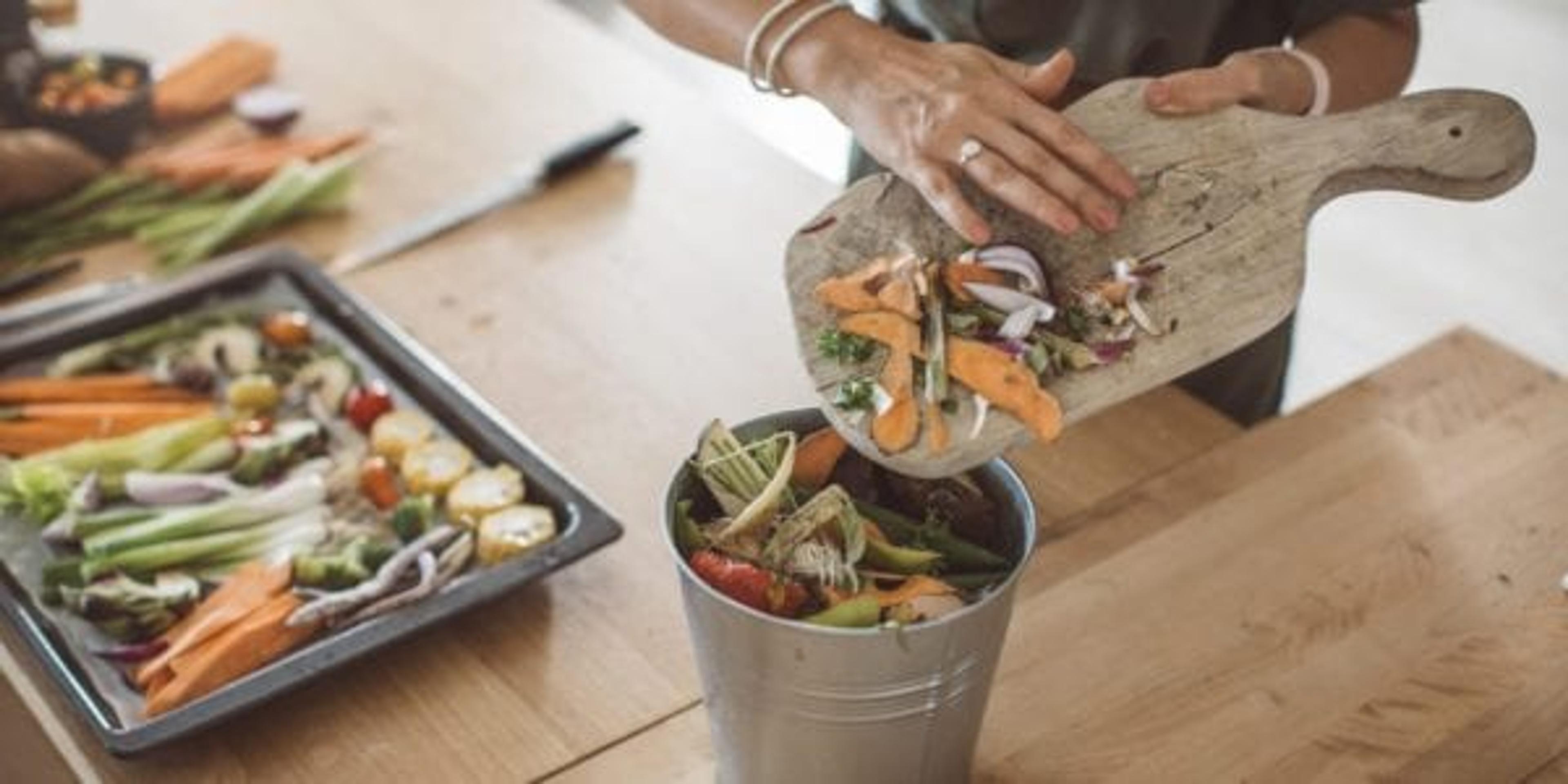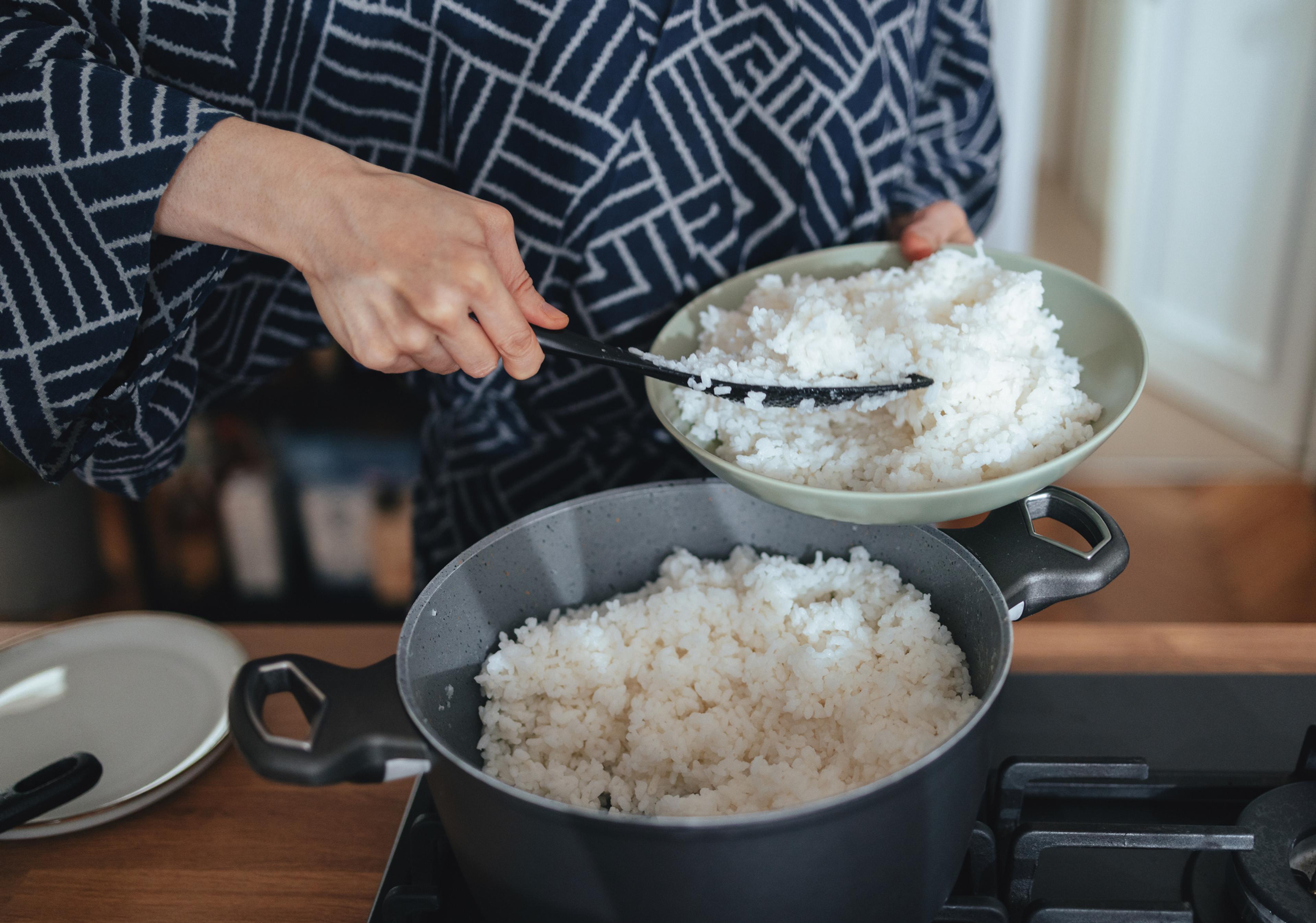Hold that Toss – How to Cook with Food Scraps
| 3 min read

Most meal preparation goes a little something like this: You chop, slice and dice away, then toss scraps into the garbage. What if we told you that you could actually use those easily dismissed remnants? Here are a few common “throw away” food parts that you can put to use in the kitchen—saving you money and a trip to the grocery store:
- Cauliflower cores and broccoli stems: Once the florets are gone, the stems and cores of these vegetables can be turned into a side. Just peel, slice paper thin (a mandolin can help!) and dress with lemon juice, white balsamic, salt and pepper. Cores and stems tend to be more bitter than the florets, so finishing the dishes with a squeeze from a lemon wedge can help balance the flavors. Broccoli stems contain even more calcium, iron and vitamin D than florets and cauliflower cores are packed with folate, pantothenic acid and vitamin C.
- Celery leaves: The leaves have even more celery flavor than the stalks and are rich in fiber and calcium. Toss them into any salad or use them as you would an herb in soups and stews.
- Squash seeds: Pumpkin seeds aren’t the only ones you can roast up and snack on. You can do the same with any other squash seed. They’re nutty and delicious and packed with nutrients such as magnesium, potassium, iron and fiber. All you have to do is rinse the seeds, remove pulp, pat dry and throw on a baking sheet for 15 minutes in a 275-degree oven.
- Romaine lettuce core: Often tossed since they’re not typically what’s served in a salad, but the cores are delicious! They’re a little bitter, a little sweet and hardier than the more delicate outer leaves. That makes them perfect for searing in a grill pan and serving with grated cheese and toasted nuts.
- Coffee grounds: Don’t worry, we aren’t going to tell you to start eating these! There are a lot of household uses for coffee grounds—use them as a natural pest repellent, garden fertilizer or compost.
- Bones: These are perfect for making one of the trendiest health recipes: bone broth. The keys to a good bone broth are quality and time. Use bones from an organic animal and a slow cooker if you have one. Just cover the bones with water and cook for at least six hours (the longer you cook the broth, the more nutrients you’ll pull out of the bones). Add a little lemon juice as well—the acidity helps the bones break down. Continue to skim away the waste that rises to the top for the cleanest bone broth. Bone broth is believed to boost immunity and now you have some for any soups or stews you want to make.
Which of these are you going to try? Tell us your favorite foods to reuse in the kitchen in the comments below!
Related posts:
Photo credit: svetikd





